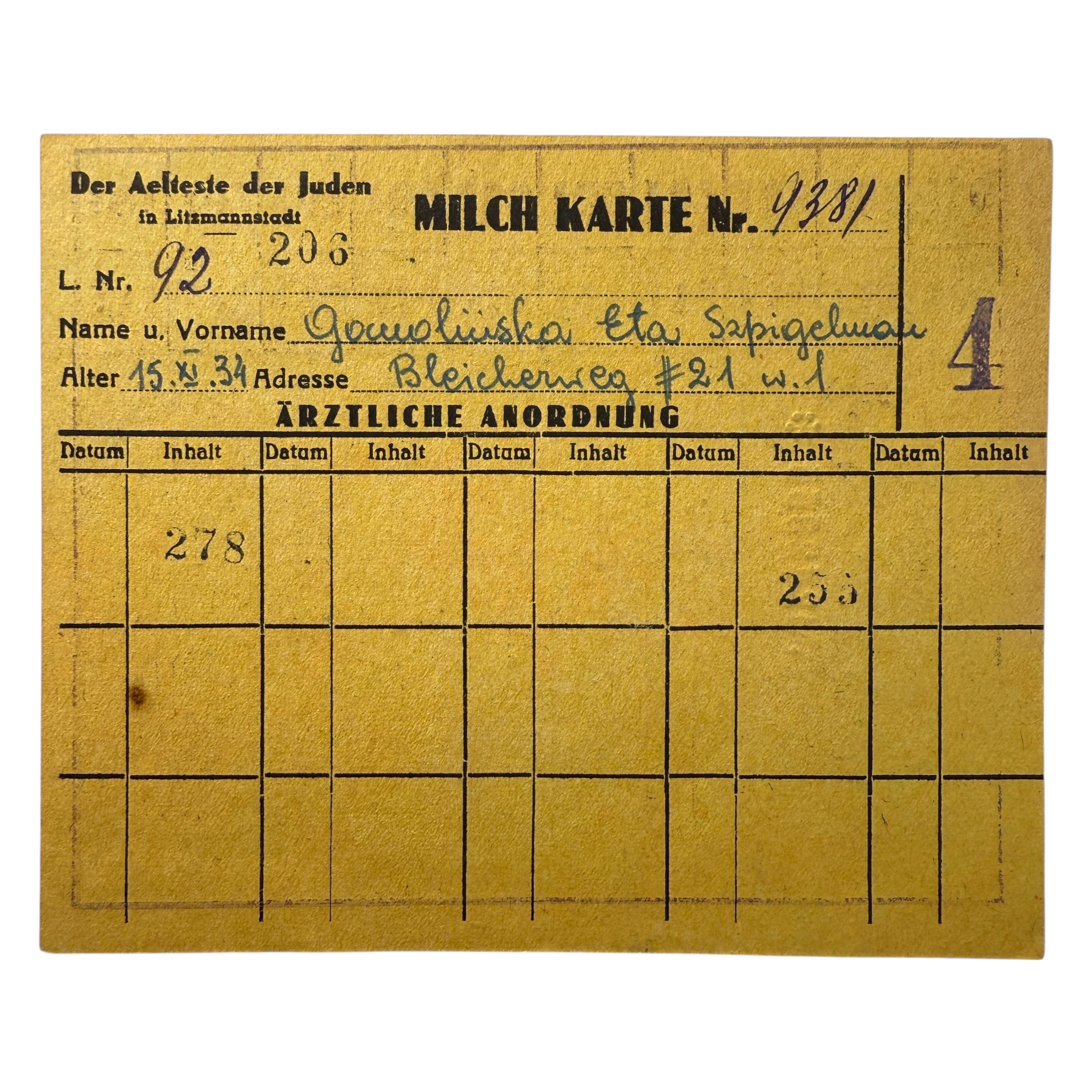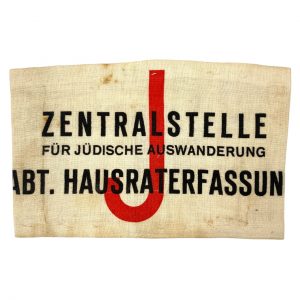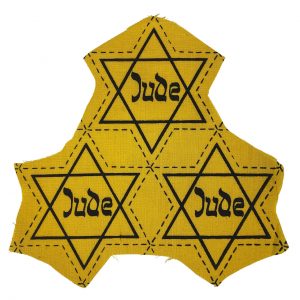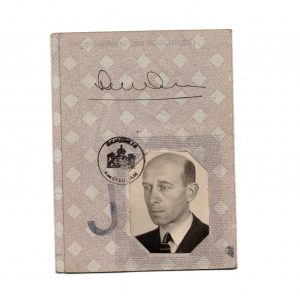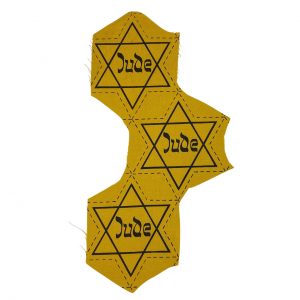Ghetto Litzmannstadt – Children’s milk card of Eta Gamolinski
Eta Gamolinski was born on 15 May 1934. She was still just a child when she ended up in the Łódź Ghetto (Litzmannstadt), where she lived together with other Jewish residents under harsh and cruel conditions.
Her address in the ghetto changed between Bleicherweg 21/1 and Blattbinder 12.
As a child, she received a milk card, issued by “Der Älteste der Juden in Litzmannstadt.”
The card contains her name, Eta Gamolinski, sometimes spelled Spigelman, her date of birth, and her address.
This milk card was intended to record the scarce rations prescribed by the doctors in the ghetto.
For a child, it often meant the only bit of extra nourishment in a world of hunger and deprivation.
The fate of the children in the Łódź Ghetto was especially harsh.
They suffered from extreme hunger, cold, and disease, but also from the constant fear of raids.
Children often received the smallest rations and were considered “economically useless” by the Nazis.
In September 1942, one of the most tragic events took place: the so-called Gehsperre Aktion.
In that single week, approximately 15,000 people were deported, including almost all children under the age of ten in the ghetto.
The Gehsperre Aktion is considered one of the most traumatic and devastating events in the history of the ghetto, as it not only claimed thousands of lives but also tore families apart.
The Nazis deported them to the Chełmno extermination camp, where none of them survived.
For the children who remained, daily life was filled with forced labour, illness, and loss.
Playing, learning, and dreaming were replaced by the struggle to survive in a world that had stolen their childhood.
Ghetto Litzmannstadt
The Łódź Ghetto (Poland) also known as the Ghetto Litzmannstadt was the second largest ghetto (after the Warsaw Ghetto) to house Jews and some 5,000 Romani Gypsies in German-occupied Poland.
Located in the center of Łódź and originally intended as a temporary gathering point for Jews, the ghetto was transformed into a major industrial center, providing much-needed supplies for Nazi Germany and especially the German military.
During the war, some 43,000 people died in Ghetto Litzmannstadt from starvation, disease and executions.
Some 145,000 people were deported from the Ghetto to extermination camps such as Auschwitz and Chelmno.
On January 19, 1945, the Ghetto was liberated and only 900 survivors were present.
